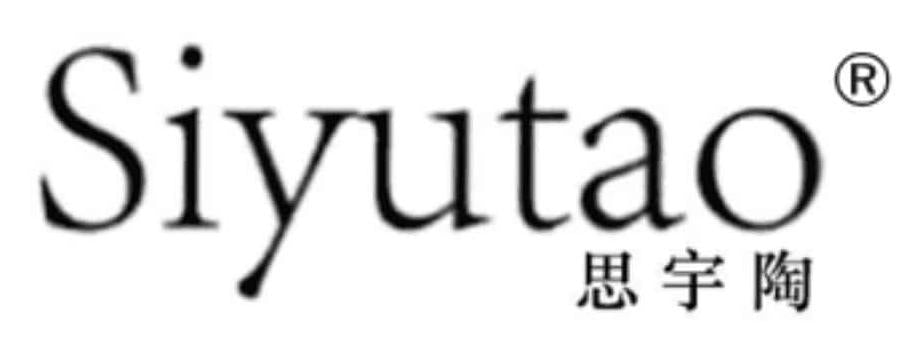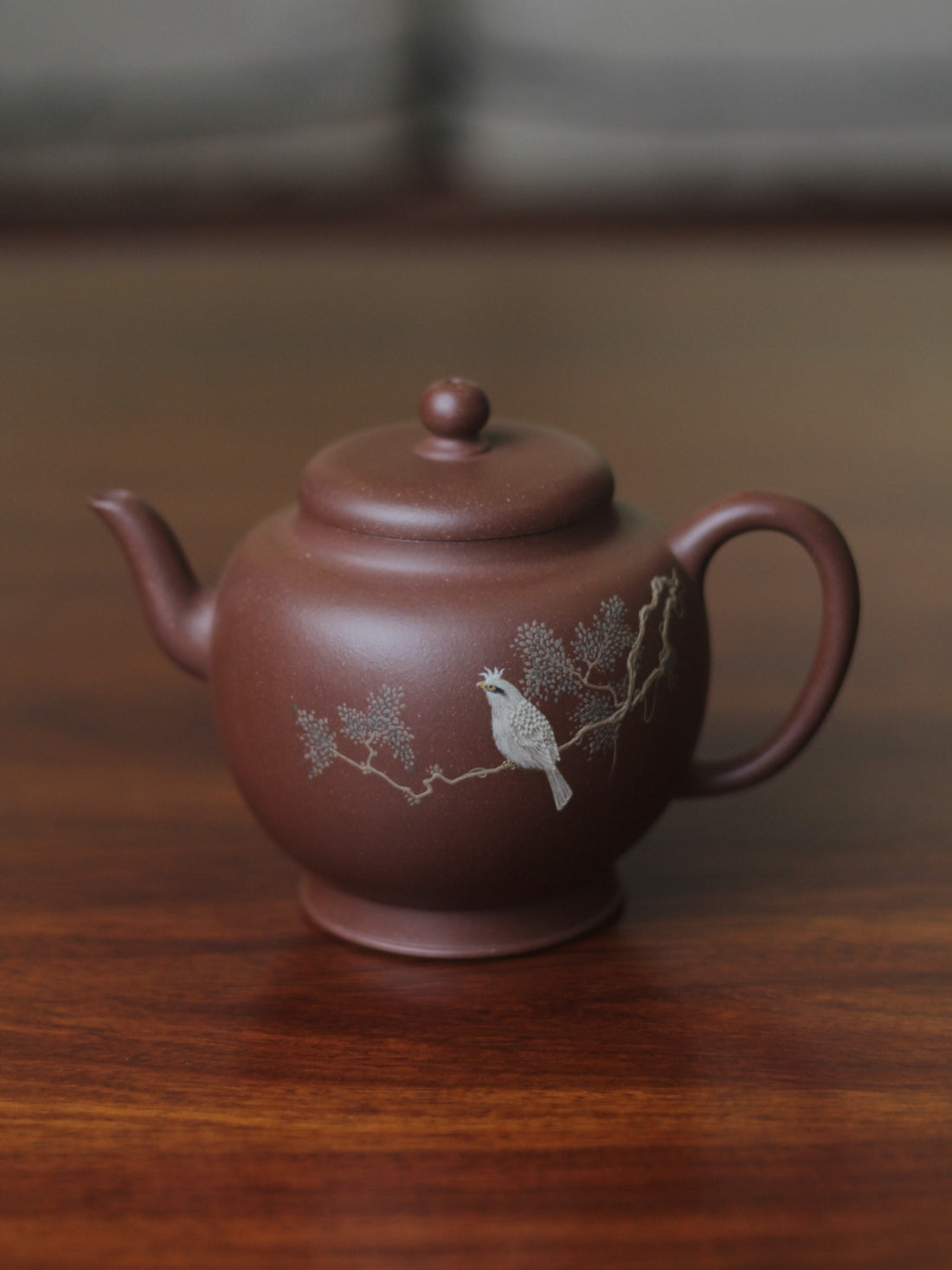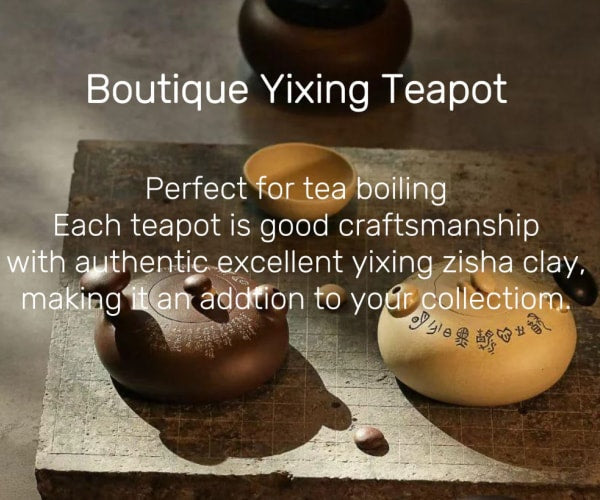The Timeless Elegance of the Nan Zhou Gao Shi Teapot: A Vessel of Virtue and Artistry
In the rich tapestry of Chinese tea culture, the Nan Zhou Gao Shi Teapot (南州高士壶) stands as a masterpiece that transcends mere craftsmanship. It is a poetic fusion of history, philosophy, and artistry—a vessel that whispers tales of integrity, humility, and the unyielding spirit of a scholar. Rooted in the legacy of the Eastern Han Dynasty (25–220 CE) and immortalized by the skilled hands of Qing Dynasty potter Hui Yigong, this teapot embodies the essence of a "lofty scholar from the southern lands" and the enduring allure of Yixing zisha (purple clay) artistry.
A Scholar’s Legacy: Xu Zhi and the Spirit of Nan Zhou Gao Shi
The story begins with Xu Zhi (徐稚), a revered scholar and recluse of the Eastern Han Dynasty. Born into poverty in Nanchang (modern-day Jiangxi Province), Xu Zhi chose a life of simplicity, tilling the land for sustenance while cultivating a profound intellect. Despite offers of prestigious government positions, he rejected the corruption of the era—particularly the dominance of eunuchs—and remained steadfast in his principles. His unwavering moral compass earned him the epithet Nan Zhou Gao Shi (南州高士), or "Eminent Scholar of the Southern Region," a title that symbolized his refusal to compromise virtue for power.

Xu Zhi’s legacy resonated through centuries, inspiring artists and thinkers to celebrate integrity through their work. Among them was Hui Yigong (惠逸公), a master potter of the Qing Dynasty’s Kangxi era (1662–1722), who channeled Xu Zhi’s spirit into clay.
Hui Yigong: The Artisan Who Bridged Eras
Hui Yigong, alongside his Ming Dynasty predecessor Hui Mengchen (惠孟臣), formed the famed duo known as the "Two Huis" (二惠). Renowned for his precision and innovation, Hui Yigong elevated zisha teapot-making into an art form that balanced technical mastery with philosophical depth. His Nan Zhou Gao Shi Teapot is a testament to this vision—a teapot that speaks not through ornate decoration, but through the purity of form and the harmony of proportion.

Anatomy of a Masterpiece: Design and Symbolism
The Nan Zhou Gao Shi Teapot is a symphony of classical aesthetics and meticulous engineering. Every curve, line, and angle reflects Hui Yigong’s reverence for Xu Zhi’s ethos:
-
Silhouette and Structure
-
Shape: Resembling a traditional palace lantern, the teapot exudes equilibrium. Its wide mouth, short neck, rounded shoulders, and gentle curves evoke stability and grace.
-
Proportions: The teapot’s spout, handle, and mouth align perfectly horizontally, a subtle nod to Confucian ideals of balance and order.
-
-
Key Elements
-
Lid and Knob: The press-fit lid swells with a subtle fullness, crowned by a spherical knob that mirrors the teapot’s rounded body—a principle of “form echoing form.”
-
Body: Unadorned and smooth, the body’s expansive surface invites contemplation, much like the unpretentious life of Xu Zhi. Its flowing lines from lid to base suggest unity and fluidity.
-
Spout and Handle: The three-bend spout and circular ear-shaped handle follow the rule of “spout and handle emerging as one,” creating dynamic symmetry.
-
Base: A slightly flared foot-ring anchors the teapot, echoing the neck’s contour and enhancing its dignified poise.
-
-
Philosophy in Clay
-
Simplicity as Virtue: The absence of carvings or embellishments reflects Xu Zhi’s rejection of materialism. Instead, the teapot’s beauty lies in its restraint—clean lines, tactile texture, and the natural hue of zisha clay.
-
Scholar’s Canvas: The minimalist design intentionally leaves space for poetic inscriptions, paintings, or gilding, inviting later artists to add their voices to Hui Yigong’s silent ode.
-
(nan zhou gao shi teapot, handmade by wei ren)
Teapot shop link : nan zhou gao shi teapot, handmade by wei ren
Beyond Utility: A Vessel of Cultural Identity
The Nan Zhou Gao Shi Teapot is more than a functional object; it is a cultural artifact that bridges past and present. For scholars and tea connoisseurs, it embodies the Confucian ideal of junzi (君子)—the noble person who cultivates virtue through simplicity. In its curves, one senses the resilience of Xu Zhi, who chose poverty over compromise, and in its craftsmanship, the discipline of Hui Yigong, who transformed clay into philosophy.
Today, as this teapot graces modern tea ceremonies, it continues to inspire reverence for tradition and the quiet power of integrity. It reminds us that true artistry lies not in excess, but in the courage to let purity speak for itself.
In the quiet act of brewing tea, the Nan Zhou Gao Shi Teapot whispers an ancient truth: that greatness often resides in the unadorned, the principled, and the timeless.




